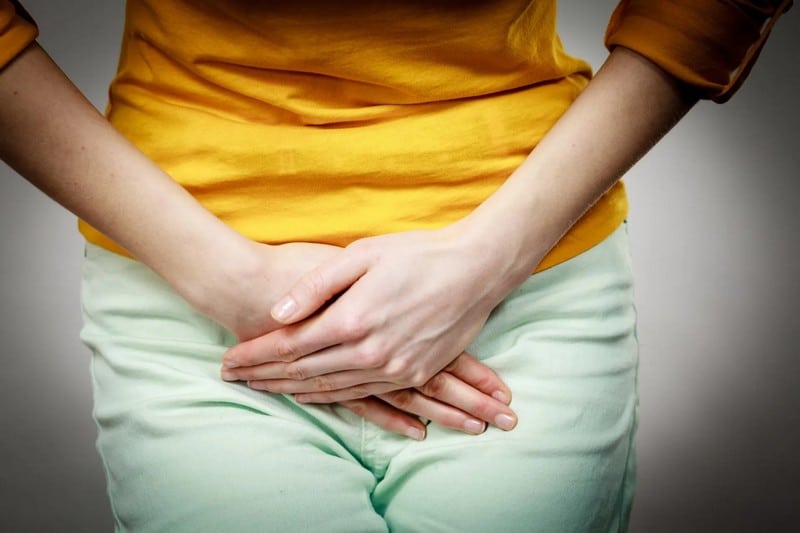Urinary Tract Infections

There is a close association between low estrogen levels after menopause and the prevalence of urinary tract infections. Estrogen plays a crucial role in lower urinary tract functioning. Estrogen receptors in the bladder, pelvic floor musculature, and urethra showcase their essential role in healthy lower urinary tract functioning.
Estrogen triggers the production of anti-microbial substances, such as Lactobacilli, in the bladder. In addition, estrogen strengthens the urinary tract tissues by closing the gaps between cells lining the bladder. Therefore, estrogen deficiency during menopause is more likely to develop urinary tract infections. This is because decreasing estrogen levels alter the microbiome in the bladder and vagina.
The symptoms of lower urinary tract symptoms connected with low estrogen levels during menopause include nocturia, urgency incontinence, frequency, and recurring infections. These symptoms typically co-exist with vaginal itching, burning, and dryness.
Doctors most often prescribe antibiotics to treat urinary tract infections. Besides systemic hormonal therapy to boost estrogen levels, women may also be prescribed localized vaginal estrogen therapy. Topical estrogen may be used to relieve women of vaginal dryness. Vaginal estrogen therapy is also prescribed to women with an increased risk of blood clots, breast cancer, and stroke.










